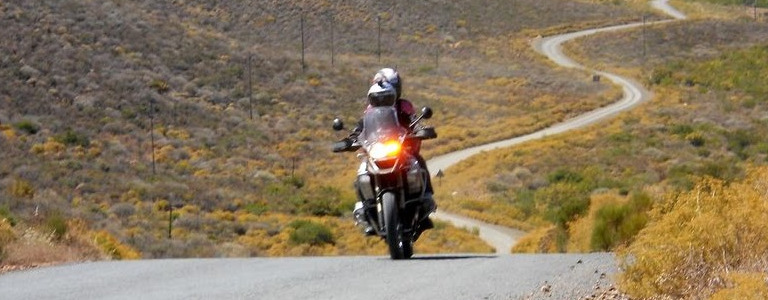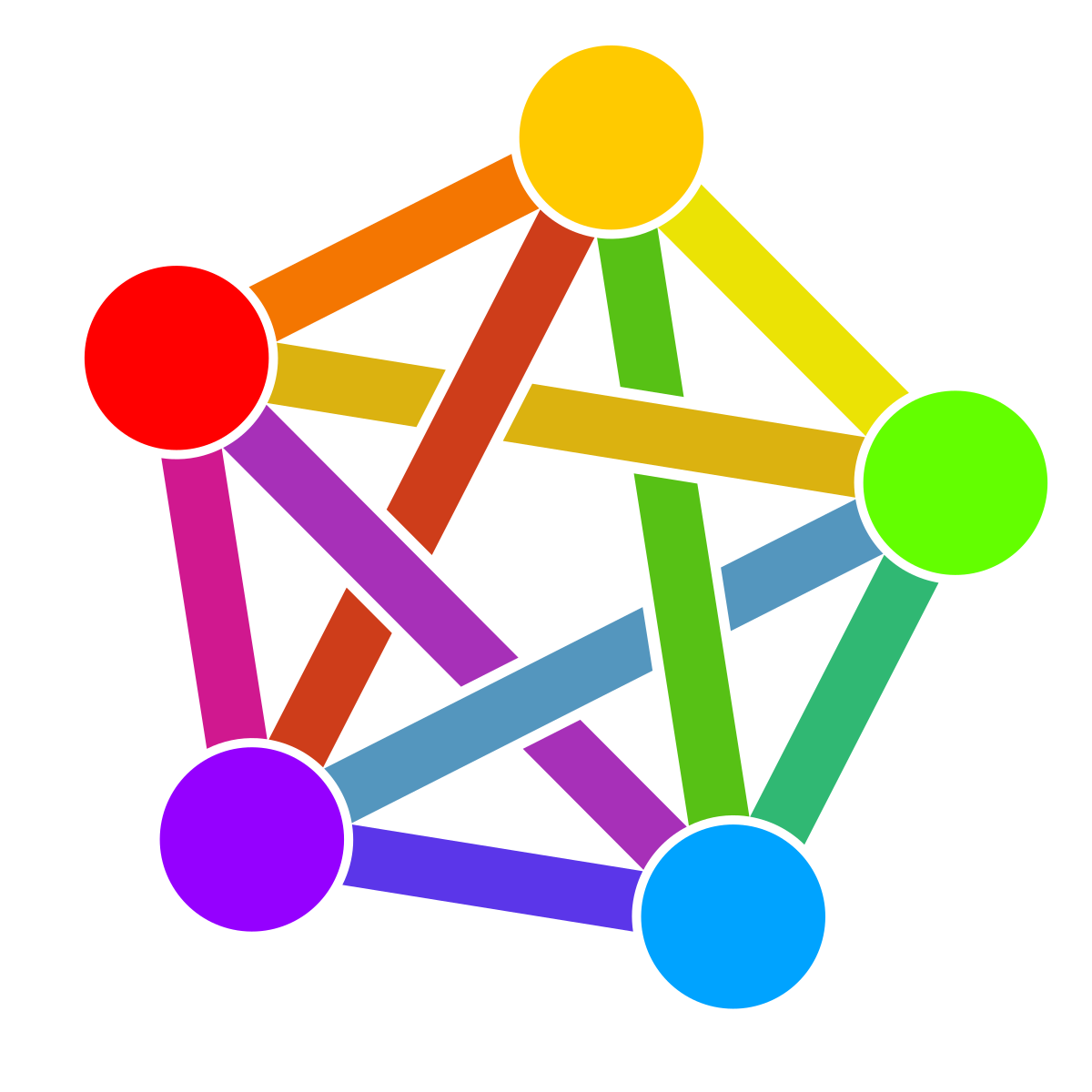
@jerry@fedia.io wow OK that is worrying me a bit now. I just moved to Hetzner about 3 months back. As far as I’ve seen, mine has stayed online OK - it’s a VPS though, so maybe not affected then as it is not dedicated server hardware. I moved to them as they really seemed to offer more bang for less bucks versus my previous two server hosting providers.






@kylian0087@lemmy.dbzer0.com I went with Proton and the reason was either that I could import and use my own PGP key, or because it had more general compatibility with other mail services using PGP (well possibly both those reasons). So I could send encrypted mails to Thunderbird users as well as GMail users (who had a PGP encryption extension).